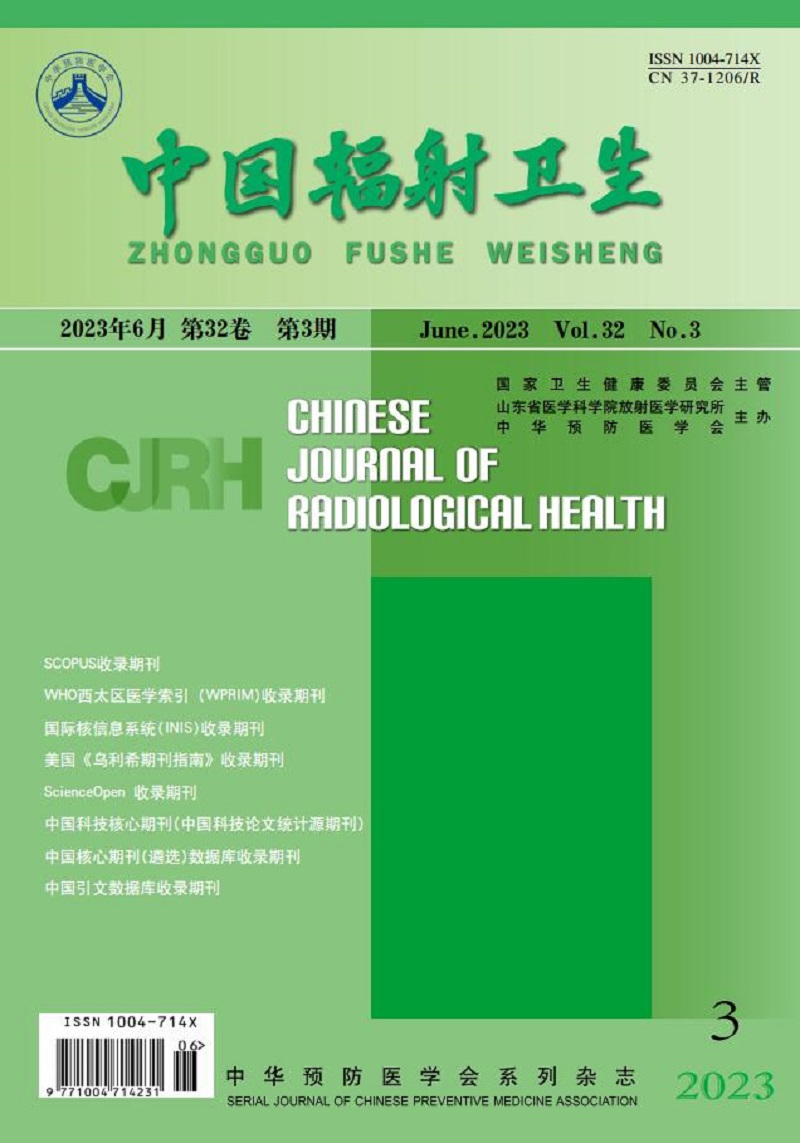Original Articles
LI Peng, ZHANG Yuanyuan, ZHANG Yu, LIANG Zhiling, NIU Qingguo, XU Hui, ZHOU Jing, SHI Zhenxiang, CHEN Yan
Objective To investigate radiation doses to examinees undergoing computed tomography (CT) scanning of different body parts (the head, chest, and abdomen) in medical institutions of Shijiazhuang, China, and to provide a reference for optimizing radiation protection for examinees in medical institutions. Methods March 2021 to March 2022, eleven medical institutions of radiation monitoring in Shijiazhuang were surveyed for the basic information, scanning parameters, and dosimetric data of a total of 930 adults and children who received CT examinations. The dosimetric data of the subjects were analyzed and compared with the domestic and international diagnostic reference levels and the results of other cities in China. Results In the above hospitals, the CTDIvol(P50) of CT subjects in children's group were 17.42-50.45 mGy, 2.13-14.01 mGy and 3.58-28.20 mGy, respectively. DLP(P50) ranges from 228.87 to 966.97 mGy·cm, 33.20 to 296.03 mGy·cm, and 74.90 to 926.53 mGy·cm, respectively. In the adult group, the CTDIvol(P50) in the head, chest and abdomen of CT subjects were 37.28-54.05 mGy, 6.43-14.99 mGy and 8.28-18.75 mGy, respectively. DLP(P50) ranges from 372.81 to 630.56 mGy·cm, from 219.77 to 467.93 mGy·cm, and from 313.86 to 689.87 mGy·cm, respectively. The distribution of radiation doses in different-grade hospitals varied greatly. The abdomen dose of the children's hospital was higher than other hospitals. Especially the primary hospitals were significantly higher than the recommended diagnostic reference level (DRL).Conclusion In some secondary and primary hospitals, the setting of CT scanning parameters was simplified, not specific to the subjects’ age and body types. They should strictly comply with the principal of optimizing radiation protection to strengthen radiation dose optimization and supervision, reducing the radiation dose of examinees in future examinations .

